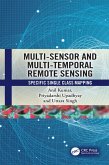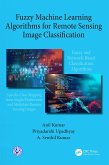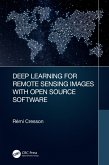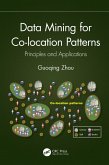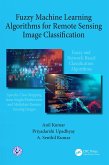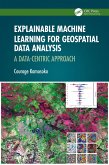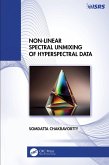Key features:
- Focuses on use of multi-sensor, multi-temporal data while handling spectral overlap between classes
- Discusses range of fuzzy/deep learning models capable to extract specific single class and separates noise
- Describes pre-processing while using spectral, textural, CBSI indices, and back scatter coefficient/Radar Vegetation Index (RVI)
- Discusses the role of training data to handle the heterogeneity within a class
- Supports multi-sensor and multi-temporal data processing through in-house SMIC software
- Includes case studies and practical applications for single class mapping
This book is intended for graduate/postgraduate students, research scholars, and professionals working in environmental, geography, computer sciences, remote sensing, geoinformatics, forestry, agriculture, post-disaster, urban transition studies, and other related areas.
Dieser Download kann aus rechtlichen Gründen nur mit Rechnungsadresse in A, B, BG, CY, CZ, D, DK, EW, E, FIN, F, GR, HR, H, IRL, I, LT, L, LR, M, NL, PL, P, R, S, SLO, SK ausgeliefert werden.



